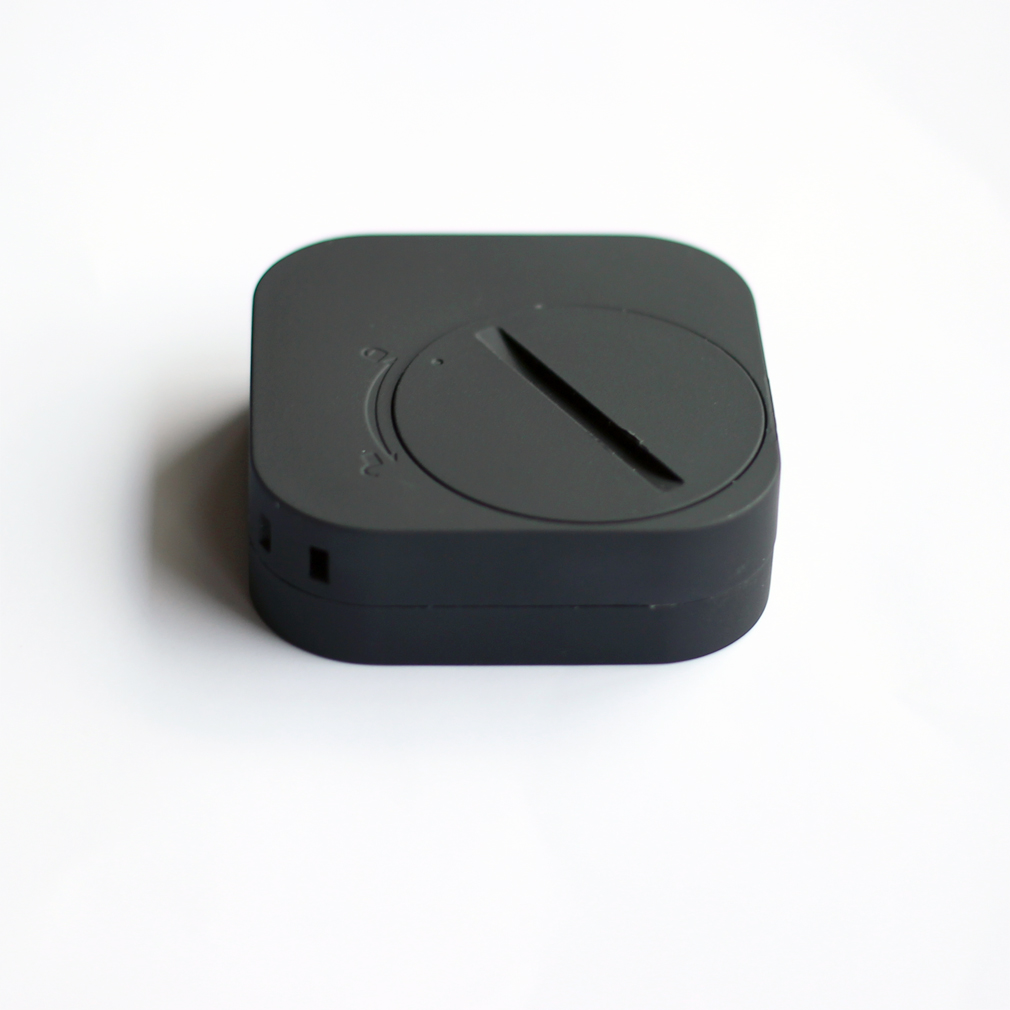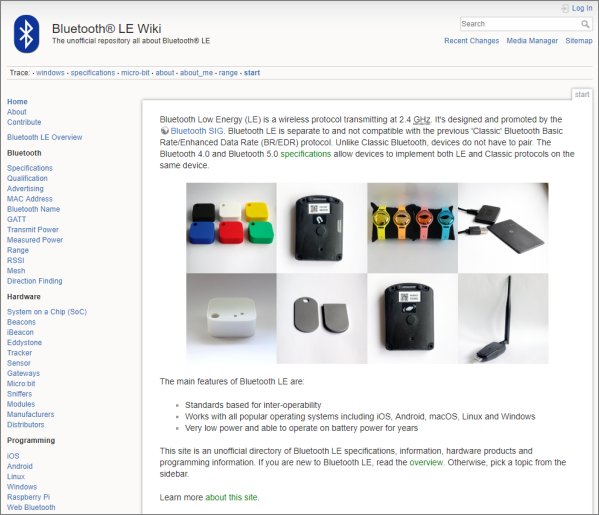Unseen Tech has a recent whitepaper on Bluetooth 5 range. It describes some tests that were performed to assess Bluetooth 5 to see the improvements in range compared to Bluetooth 4’s typical 30m to 100m. The tests used development boards from Texas Instruments and Nordic that, used outside, achieved about 650m and 750m respectively.
While some companies are claiming Bluetooth 5 support in products, many don’t actually use Bluetooth 5 yet but instead offer an upgrade path to Bluetooth 5. Other’s do offer Bluetooth 5 but downgrade to Bluetooth 4 when communicating with Bluetooth 4 devices (e.g. smartphones) which are still the large majority of devices.
There are also some ultra long range Bluetooth 4 devices that include output power amplifers that can achieve ranges of hundreds of metres and we have one USB powered beacon that reaches up to 4Km.

